Innovation by Design
in 8 stages
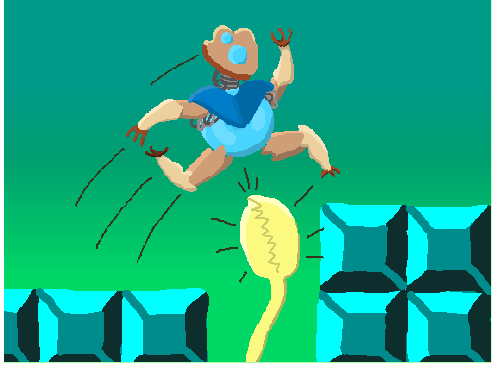
1. Growth state of mind
Design thinking helps achieve breakthrough innovation via a creative leap. It is based on having a growth state of mind, which is a “passport” to new adventures despite uncertainty of outcomes and impacts.
Whether with audacious goals or small steps, the first step of creative intention is acknowledging and overcoming fear, embarrassment and failure.
While much of innovation methodology addresses technology (feasible) and business (viable) issues, design thinking puts people (desirable) considerations right at the centre. The focus of design thinking is on observation and empathy. It brings in human behavior, motivation, needs, desires and beliefs.
Design-driven innovation is powered by inspiration, sense-making, ideation-experimentation loops (‘going wide’), and implementation (‘going deep’).
2. Daring and Learning
Having a belief in your innate ability to make a change, will help you overcome tough challenges, persevere longer, and rebound from failure. Fear of poor performance even applies to individual activities such as public speaking and sketching, which are much needed in the demo and debate stages of innovation.
The inescapable link between failure and innovation is a lesson you can learn only through doing. Overcoming fear of failure is the first hurdle. The next hurdles require a continual stretching. Practice creates a database of experiences and a mental attitude of tenacity.
3. Creative sparks and insights
Innovation is fueled by curiosity, optimism, perseverance and a bias towards action and experimentation. It is powered by the creative spark, a skill that can be sharpened by techniques such as ‘relaxed attention,’ constructive day-dreaming, field observation, reframing contexts, and digging beneath the surface.
At the organizational level, office design can be re-done to improve jotting down of unusual and useful ideas via community chalkboards. Travel trips help trigger new ideas and analogies from other industries Cross-Industry Innovation.
Innovators should also cultivate creative serendipity. The discovery of penicillin, saccharin, safety glass and pacemakers all had elements of serendipity. Hack-athons and make-athons also open the door to serendipitous discoveries.

4. The ‘Do something’ Mindset
A bias towards action balances planning with rapid prototyping. It is better to tinker and tweak something, and overcome the ‘knowing-doing’ gap than just contemplate which paralyzed many companies.
Rather than obsess with quality initially, it is better to get quantity and energy going while prototyping ideas. Creative constraints can actually spur better ideas, rather waiting for full budget or ideal timing. The lower the budget, the more breakthrough innovation is required.
Creating mini-milestones and smaller goals helps build up a larger drumbeat of activity. “The best kinds of failures are quick, cheap and early. (Fail Better and Fail Fast.)
“Launch to learn,” is a good way for innovators to test their creative projects. The use of Kickstarter or social media is a good means for ‘creating infectious action’ and validating an idea before launch.
5. Finding your calling
Are you looking for a job, career or your true calling? What gives the most fulfillment? What rewards, awards and incentives turn you on the most? Do you feel guilty leaving your comfort zone and material cocoon?
Seeking your passion is a journey of self-discovery, and calls for techniques like ‘mood mapping’ as well as experimentation with side projects. This can lead to new roles within the same company or industry, or a new track altogether.
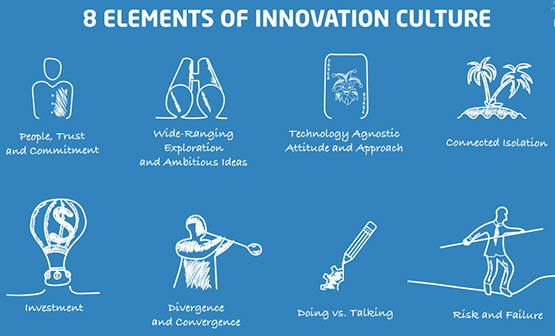
6. Building an innovation culture and team
Research showed that you need teamwork – the right combination of leadership and grassroots thinking – to achieve innovation at scale. Mauro Porcini of 3M describes the five design phases of a company’s journey as:
Kaaren Hanson used design thinking to transform Intuit’s innovation culture. The initiative, ‘Design for Delight,’ leverages a network of change champions who blend experimentative attitudes with fun.
Even creative use of language can help build an ‘innovation greenhouse’ in an organization, via questions such as ‘How might we… ?’ Such language and interactions can have a multiplier effect in a company. Could belonging to a strong creative team be one of the most rewarding aspects of working life?
7. Exercises for creative thinking
Exercises include the use of mind-maps for planning parties, maintaining an ‘idea wallet’ of daily observations, drawing empathy maps of what your neighbours say/feel/think/do, working with your colleagues but with new nicknames, and the 30 Circles exercise.
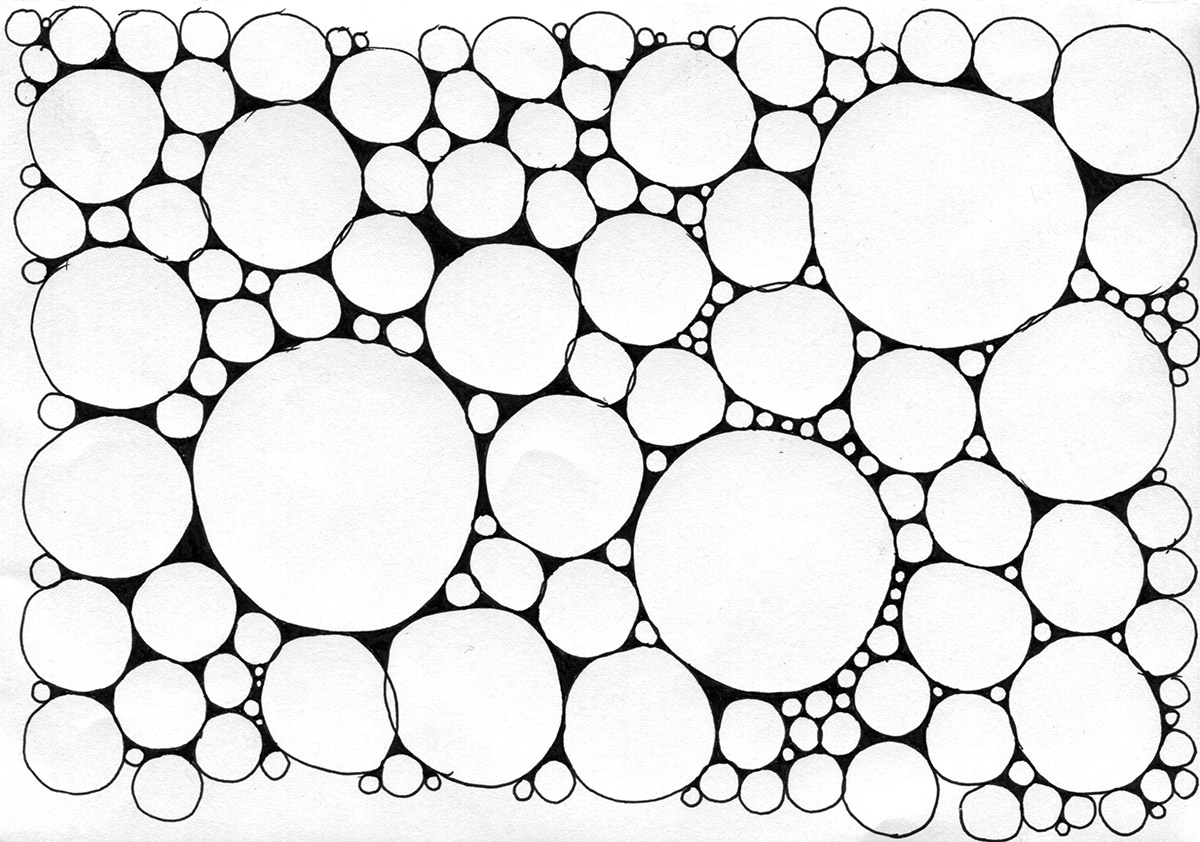
8. Creativity for life
Once you’ve built your creative confidence for your first set of projects or tasks, you can embrace continuous learning and design your whole life. Broaden your perspectives and skills so you become the ‘go to’ person for creative thinking, and unleash creativity in others as well.
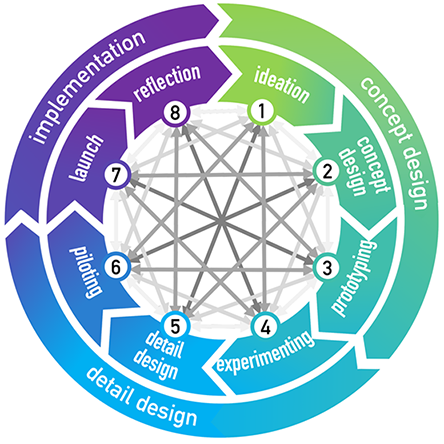
All of the above has led to
C2M
Customer 2 Manufacturing
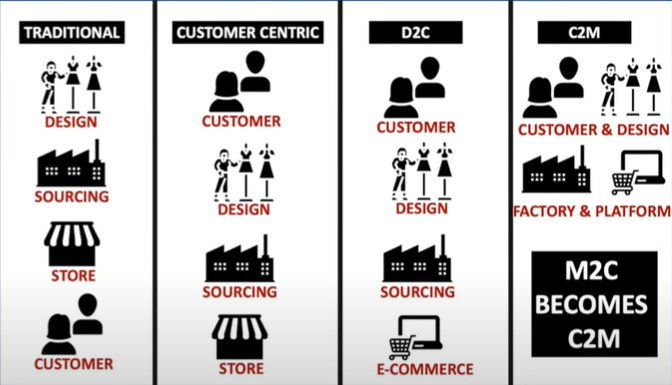
The Attention Factory
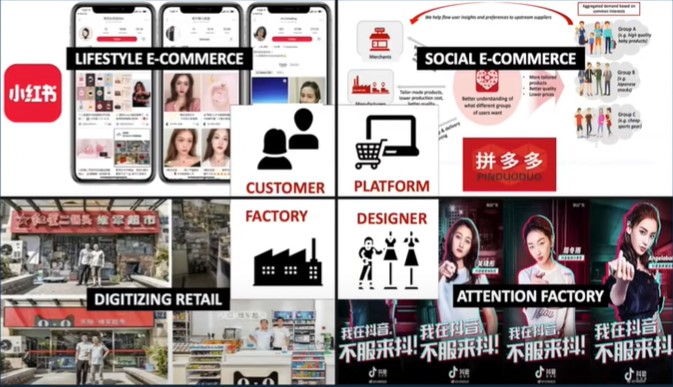
China leading in Manufacturing and
Shipping Clients' own designs directly to them
with social media influencers as the design promoters
